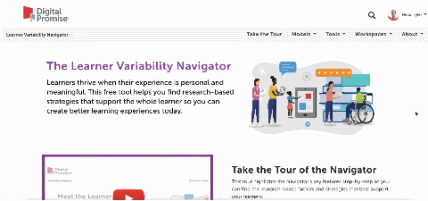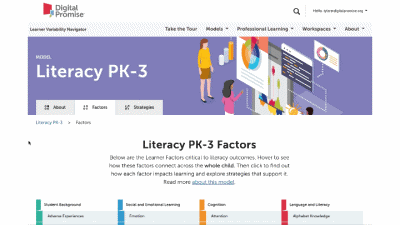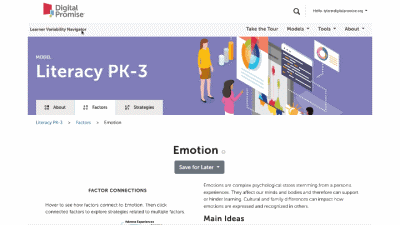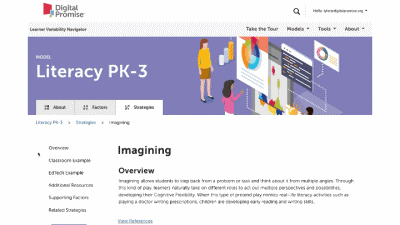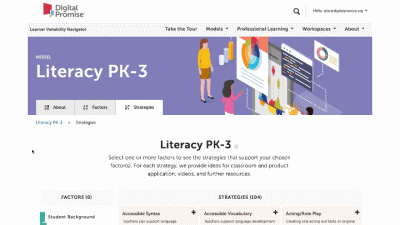Creating Inclusive Classrooms
Overview
When classrooms are intentionally designed to promote inclusion, belonging, and accessibility, they positively influence key learner factors, including Attention, Self-Regulation, Learner Mindset, and Sense of Belonging. Differentiated spaces, varied seating types, sensory considerations, and culturally responsive design all contribute. Flexible seating refers to offering a range of seating types and workspaces, such as stools, standing desks, cushioned floor seating, and traditional desks, to accommodate diverse needs, support physical comfort, and reduce cognitive load. Thoughtful layouts with collaborative zones, quiet areas, natural elements, and visual supports can boost motivation, focus, and memory. Social structures that prioritize peer collaboration, inclusive norms, and shared leadership strengthen community and engagement, supporting students across a range of backgrounds and learning profiles.
Creating emotionally safe, culturally affirming environments helps students feel valued, connected, and ready to learn. Classrooms that reflect students' cultural identities, integrate sensory-rich elements like music and movement, and offer access to nature support cognitive processing, creativity, and executive function. Environmental factors such as consistent lighting, comfortable temperatures, and minimized noise further enhance focus and self-regulation. Inclusive classroom design supports neurodivergent learners, multilingual learners, and students with diverse abilities by removing barriers and promoting full participation. When learning spaces are thoughtfully designed, they nurture Curiosity, confidence, and a strong Sense of Belonging—empowering all students to thrive.
Example: Use This Strategy In in the Classroom
Design It into Your Product
Factors Supported by this Strategy
More Physical Space Strategies
Dim or natural lighting provides a calming environment.
Having space where students can go supports Self-regulation and individual deliberate practice.
Multiple tables and chairs on wheels allow for setting up the classroom to support the desired learning outcomes of each classroom activity.
Multiple display spaces promote collaboration by allowing groups to share information easily as they work.
Using multiple writing surfaces promotes collaboration by allowing groups to share information easily as they work.
Decreasing extra audio input provides a focused learning environment.
Books for vision differences support reading development for learners with visual needs.
Books of varying complexity and reading levels are necessary for all students to experience reading success.
With rhyming and creative word use, poetry is a genre that supports the development of early literacy skills in particular.
Students who have had little exposure to the school's language can benefit from having books in their Primary Language in their classroom.
Books with SEL topics, such as developing friendships and identifying emotions, help teach these skills.
Providing ways for students to adjust sound level supports individual auditory needs.
Providing ways for students to meet their individual temperature needs supports focus and Self-Regulation.
Spaces that are structured, organized, and clean provide increased room for collaboration and active learning.


